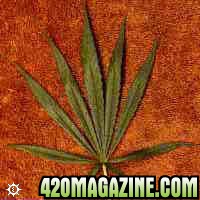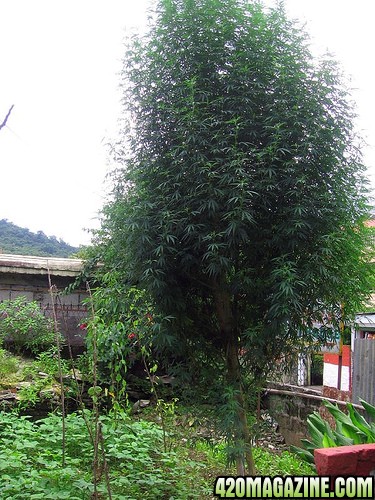SmokeyMacPot
New Member
Indicas:
Indica plants are short, bushy, mature early, have more chlorophyll and less accessory pigments (accessory pigments protect the plant from excessive sunlight).
As Indica strains have more chlorophyll than sativa they grow and mature faster.
Sativas:
Sativa plants are taller, take longer to mature, have less chlorophyll and more accessory pigments (accessory pigments protect the plant from excessive sunlight).
As Sativa strains have less chlorophyll than Indica they take longer to grow, mature, and require more light.
Hybrids:
Hybrid plants have a combination of both Indica and Sativa growth characteristics which are relative to strain ratio.
Author: MedMan
Indica plants are short, bushy, mature early, have more chlorophyll and less accessory pigments (accessory pigments protect the plant from excessive sunlight).
As Indica strains have more chlorophyll than sativa they grow and mature faster.
Sativas:
Sativa plants are taller, take longer to mature, have less chlorophyll and more accessory pigments (accessory pigments protect the plant from excessive sunlight).
As Sativa strains have less chlorophyll than Indica they take longer to grow, mature, and require more light.
Hybrids:
Hybrid plants have a combination of both Indica and Sativa growth characteristics which are relative to strain ratio.
Author: MedMan










